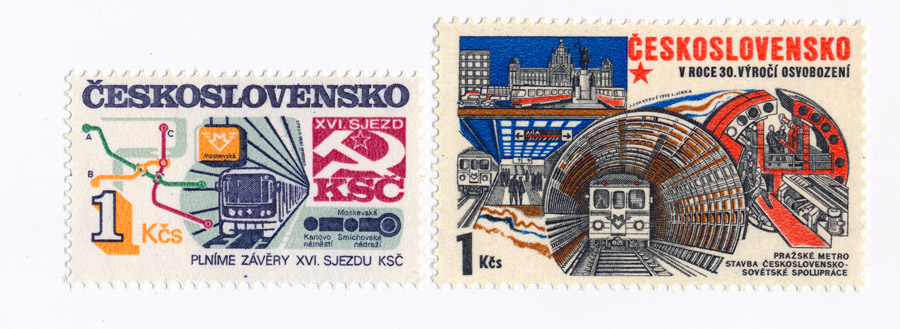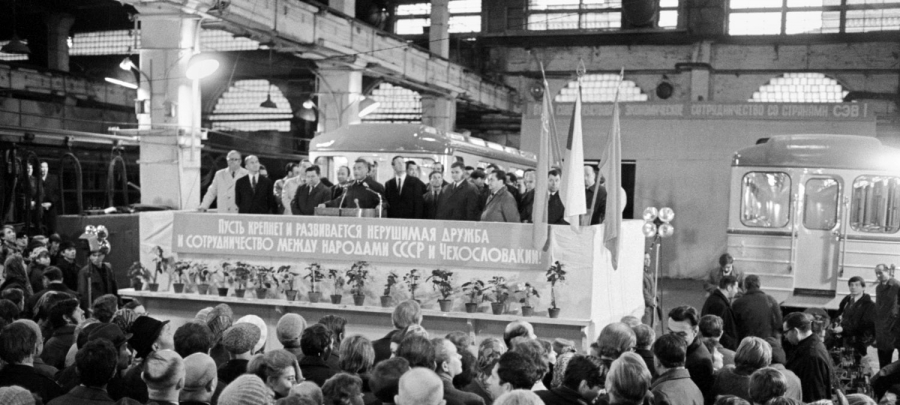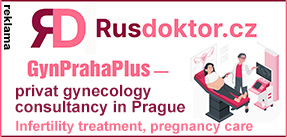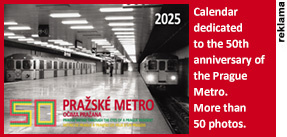Photo: ITAR-TASS / Stuzhin Alexey / Provided by WARP Foundation
50 years of the Prague Metro
The history of the Prague Metro is closely connected with the construction of the underground tram line.
Preparations for the construction site in Opletalova Street began on 7 January 1966.
At that time there were heated discussions — metro or underground tram?
In June 1967, Soviet specialists conducted an expert examination of both options and came out clearly in favour of the metro. On 9 August 1967, the Czechoslovak Government decided to build a metro in Prague.
The Czechoslovak construction organisations received a huge amount of technical documentation, including drawings, instructions, specifications and rules for the design, construction and operation of metro systems.
Two tunnelling shields, nine tunnelling and six station tube-laying machines, the necessary mining equipment, as well as cast iron tubes of various sizes, construction machinery, equipment and other materials were delivered to Prague by the USSR for the construction of underground tunnels and stations.
110 Soviet specialists travelled to Czechoslovakia to provide advice, project expertise, equipment installation and assistance in mastering certain types of work. During the construction of the Baku metro, there were even interruptions in the supply of tubings because it was first sent to the Prague site!
To ensure the operation of the first line of the Prague metro, more than 150 Czechoslovak personnel were trained in the Soviet Union, including drivers, foremen, route and service managers.

Photo: archive of the Prague Public Transport Company (DPP)
There have been many surprises during the tunnelling with the tunnelling shield. For example, the shield once came across an old wooden well — the remains of a house that had once been demolished; or, in front of the main railway station, the shield came across an old bunker full of unexploded shells and explosives. A Baroque relief of the former city gates was once found (today it can be seen at the metro station I. P. Pavlova).
It is also worth mentioning the difficult installation of the tunnelling shield under the house No. 869 in Pacovská Street in Pankrác, only 130 cm below its foundation, or the installation of steel columns by helicopter at the metro station Museum. For example, under the house at 1604 Bolzanova Street, the shield came across a brick wall connected with strong mortar.
These were apparently the remains of Prague’s former, now unknown, fortifications.
At that time, many people began to talk about the construction of the Prague metro as a building of Soviet-Czechoslovak friendship.
And the inauguration of the first C line of the Prague metro from Kačerov to Sokolovská station on 9 May 1974 was a convincing example of this friendship in action.

Photo: Czechoslovak postage stamp.
An escalator for the metro was tested in Krumlov
In October 1970, the residential area of Český Krumlov, situated on a hill, was connected to the lower historical part of the town by a moving staircase to facilitate pedestrian and bus traffic.
The escalator was open-air, 30 metres long and 13.5 metres high.
It was a prototype that was used to test the effects of weather and passenger load, especially as there is also a railway station in the area. The experience gained helped the manufacturer, the national company Transport (Chrudim), to produce similar escalators for the Prague metro.
Publications from previous years
The magazine «Young World» No. 24/1974 published many opinions of Prague citizens after their first metro ride, here are some of them: Petr Skála, 20 years old: «I had quite nice feelings because I invited a girl for a first date to ride the metro. Opinion — very nice — both her and the first metro line»; Miroslava Bučková, 23: «I felt like I was at an exhibition. I thought that our people could do something really good, slowly and only as an exhibition piece. But in reality this is not the case. Their enormous efforts and the help of the Soviet Union prove the opposite».
Continued in the next issue.
Material prepared by: Boris Kogut.









